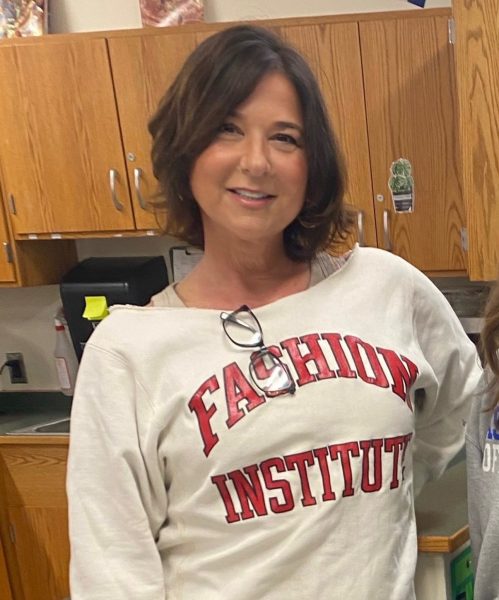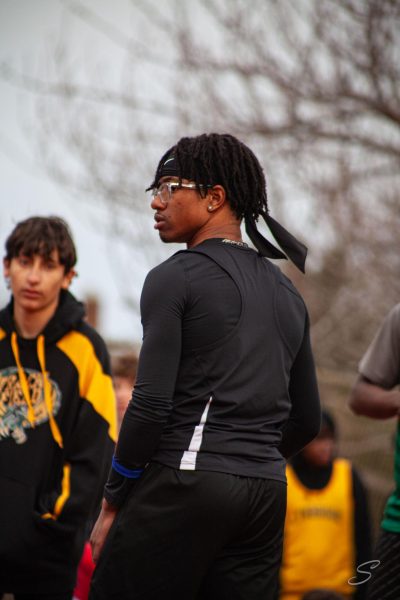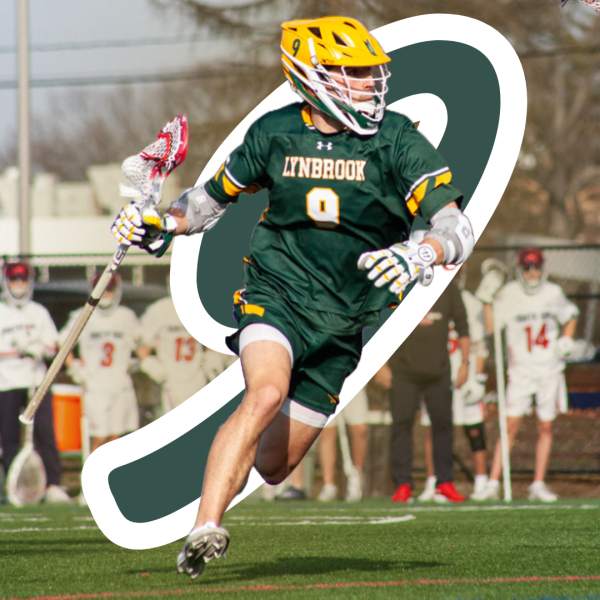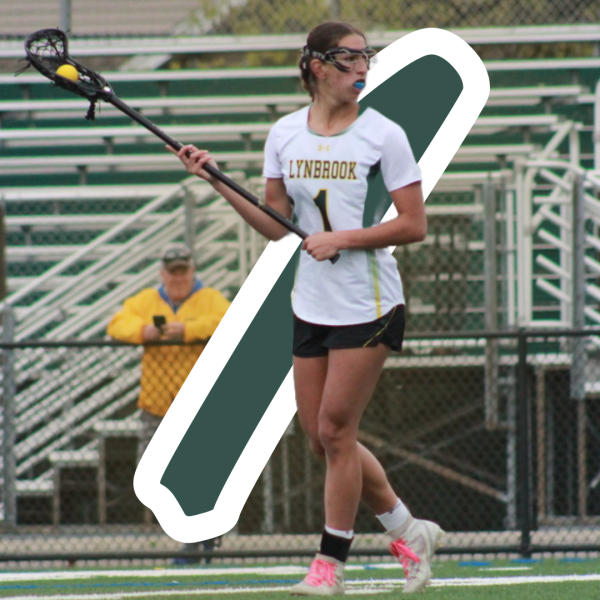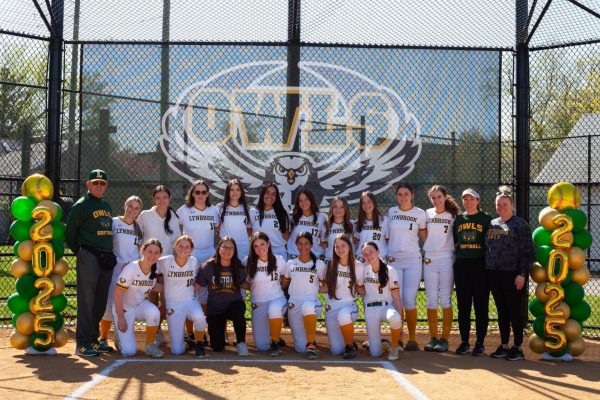MLB Lockout Ends — Season Locked In
After 99 days, Major League Baseball and the Players Association finally reached a new labor contract agreement, and baseball can begin. However, this agreement has led to several new institutions for the game and the players’ salaries. According to an article published by The New York Times on Mar. 10, Yankees starter Gerrit Cole remarked in a phone interview that the start of baseball, however prolonged, is “exciting for owners, players, [and] fans as well.”
Historically, this lockout was the second longest in MLB history. After 1994, the game changed significantly to benefit the owners more than the players. This is where the Major League Baseball Players Association (MLBPA) acts to find common ground between the two parties. The association wanted to provide more players with increased salaries—especially younger players whose teams relied on their efforts during the season—as well as upping the competition between teams; however, after the 2021 World Series, no agreement could be reached. As a result, MLB Commissioner Rob Manfred proposed a lockout of all Major League players and staff on Dec. 2.
It came down the wire. After both sides failed to compromise before Feb. 28, Manfred decided to cancel the first two series of the season; additionally, the MLB would not reschedule those missed games, and players would not be paid for them, either. A new deadline was set for early March to allow a full season to be played, with canceled games being made up using a revised schedule. The bargaining continued through that deadline, and the Players Association and the league almost hit a breaking point over an international draft proposal to hire players overseas.
Finally, an agreement was reached on Mar. 10, with both sides agreeing to postpone the decision of the overseas draft. To the delight of the players and fans, all games postponed or canceled due to the lockout will be rescheduled, ensuring a full 162 games of baseball.
Freshman Justin Williams said he was relieved when the bargaining finally came to an end. “Seeing millionaires and billionaires struggle to meet in the middle was genuinely frustrating,” Williams said.
Head of the MLBPA Tony Clark said in a statement that the overall outcome “achieved significant progress in key areas that will improve not just current players’ rights and benefits, but those of generations to come.” The main outcomes of the compromise involved an increase in the minimum salary for players from $570,5000 to $700,000, a draft lottery for the top-six picks of the annual MLB Draft, and a $50 million bonus pool distributed to the most-productive players in the league who still have not reached arbitration, meaning the player and his team have not come up with a reasonable salary.
These additions seek to close off any opportunities for teams to reduce salaries of players, and instead use the money to benefit themselves. The owners received the power to execute more changes into gameplay, like the banning of several defensive shifts—which Manfred believed to be “maybe [the] most important [change]”— a pitch clock to speed the tempo of games up, and enlarging the size of the bases.
Government teacher and baseball enthusiast Joseph Beyrer had mixed feelings about some of these rules to be implemented. “I think that the bigger bases are a terrible idea, and I am not a fan of the DH, as it takes away from the strategy of the game,” Beyrer said. These adjustments will not be effective immediately but could be implemented as soon as the 2023 season.
Now that the season is back on track, spring training and free agency both ran a tight schedule before Opening Day on Apr. 7. There are several notable trades to be made: The New York Yankees traded catcher Gary Sánchez and infielder Gio Urshela for Minnesota Twins’ third baseman Josh Donaldson, Isiah Kiner-Falefa, and catcher Ben Rortvedt. Also, Kris Bryant, third baseman for the San Francisco Giants, agreed to a seven-year deal with the Colorado Rockies.
Rockies shortstop Trevor Story also signed a six-year deal with the Boston Red Sox with an opt-out. When sophomore and Red Sox fan Parker Sloan heard the news, he said he was “super happy” about this deal. Sloan remarked that “it will take a good amount of time to get used to” all these rapid signings and trades.

I am a member of the Class of 2023 and the Driftstone editor-in-chief. Along with creative writing, I enjoy spending time with family and friends, getting...
































